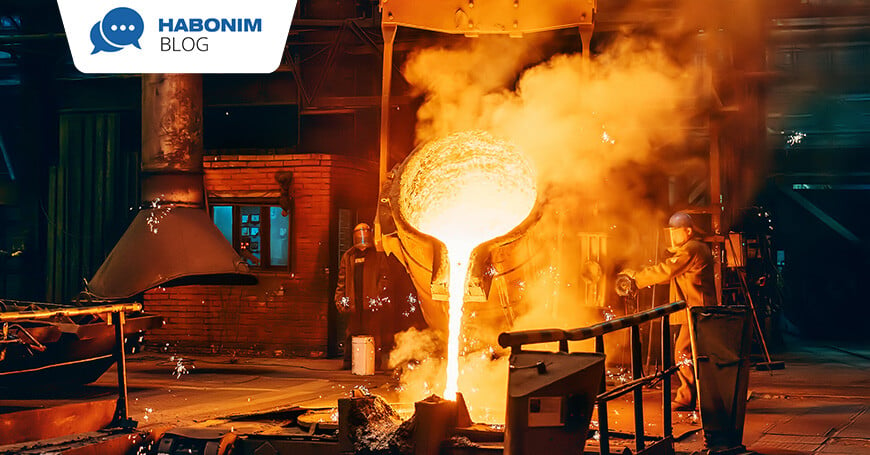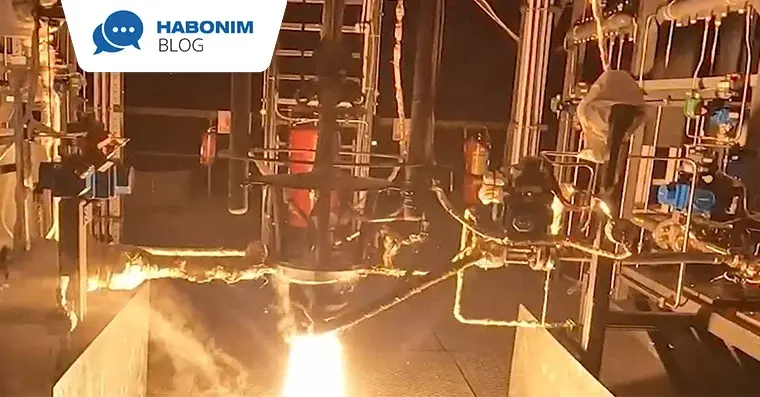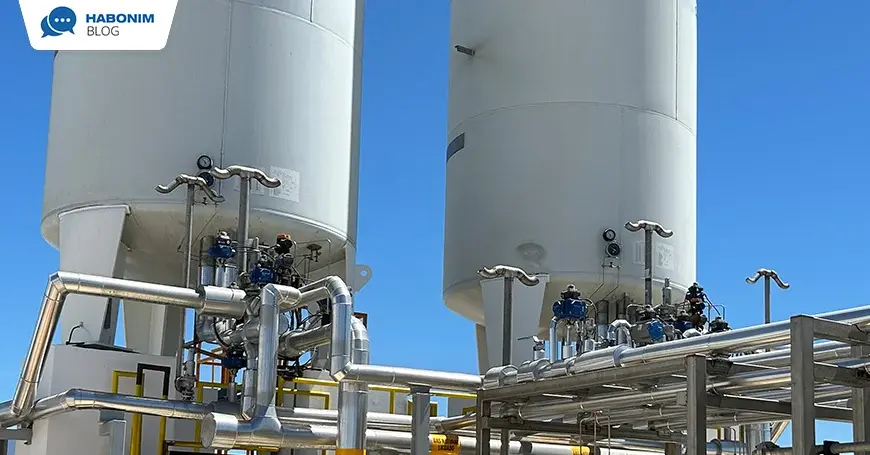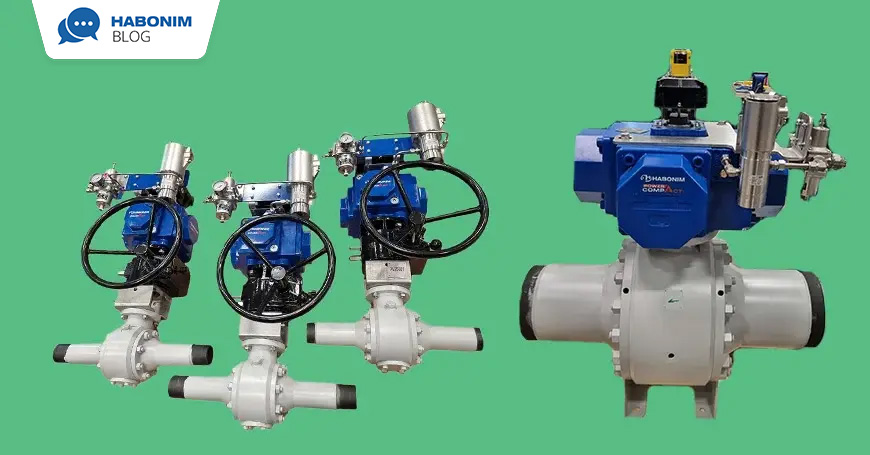For some industrial applications, a Metal-Seated valve (metal-to-metal sealing) is required to handle the temperature and physical or chemical properties of the media.
Such applications may involve:
- 1. High temperatures (HT) (over 260°C / 500°F).
- Abrasive environments – such as sand, dirt, or other substances inside the media that may rapidly wear polymeric seats down.
- Chemical Aggressive media - that might chemically react, or decompose polymers are used.
In this blog, we will cover the challenge and highlight key features that address this challenge.
The Challenge
Soft (polymeric) seats and seals may melt or deform at High temperatures or wear out in the presence of abrasive media. Metal-To-Metal sealing technology is used to overcome this, with the ball and the seats made of metal.
Metal parts used to provide a tight dynamic seal are tightly pushed against each other while allowing sliding. The friction created when sliding them one against the other can wear them out. To secure the sealing capabilities over time and cycling, the metallic surfaces of these are reinforced by surface hardening technologies that allow durability and higher cycling capabilities.
Such surface hardening is achieved through meticulous material selection, special geometry, and mechanical design, which are completed with surface hardening treatments. The following paragraph highlights some of these features.

Habonim New High-Temperature Product Family Design
Habonim High-Temperature product family includes 3 levels of heat-resistant designs:
- W - Up to 260°C / 500°F.
- Z – MTM parts resistant up to 450°C /842°F.
- Q – MTM parts and extended bonnet resistant up to 650°C / 1200°F.
Sealing Type
All the new high-temperature product family products have Bi-directional shutoff capabilities,
The seats are spring-loaded with encapsulated springs that minimize the risk of spring jams due to particles in the media.
Sealing Level
All the new high-temperature product family products Metal-To-Metal sealing can work in temperatures of -60°C +650°C (-76°F + 1200°F) and provide shutoff sealing level of class BS-EN 12266-1 Rate C and FCI 70-2 Class VI (Factory tested).
Double Body Sealing
All the new high-temperature product family products are equipped with Body-to-ends and body-to-bonnet double sealing for superior sealing, meaning each interface is equipped with two seals to improve fugitive emissions prevention.
A selection of sealing materials is available.
Hardening and Sealing
Three surface hardening technologies are applied to strengthen the metal components and improve sealing:
- Lapping—Lapping involves moving a ball against the seat to smoothen the contact surface and form a unified, better-matched sealing area.
- Upstream spring—The upstream spring preloads the ball against the downstream seat, which improves sealing abilities but inherently defines the MTM valves as unidirectional.
- Coatings—Coatings are a surface treatment that prevents wear over time, also known as hardening. The outer layer of the ball and seats is coated with a surface coating.
Coating
Habonim mastered three main coating techniques:
- Chromium carbide with nickel chrome binder (Cr3C2),
- Tungsten carbide with cobalt binder (WC-Co),
- Stellite welding.
Cr3C2 (Chromium Carbide) Coating
Chromium carbide with a nickel-chrome binder is applied by a High-Velocity Oxygen Fuel (HVOF), creating a 0.3mm hard outer layer. The Cr3C2 coating applied to high-strength steels produces a micro-hardness of up to 68 HRC. This coating resists cryogenic temperatures down to -196˚C / -320˚F and high temperatures up to 815˚C / 1500˚F. This multipurpose wear resistance coating is used extensively in power generation, refining, and hot catalyst handling services. Its corrosive limitations are in wet sulfur or chloride environments, where sulfuric acid can form and attack the coating.
WC-Co (Tungsten Carbide) Coating
Tungsten Carbide with a cobalt binder coating is applied by HVOF techniques quite like the Cr3C2 coating.
The WC-Co coating is applied mainly to 400 series martensitic stainless steel to provide microhardness that reaches 72HRC. This coating resists cryogenic temperatures down to -196˚C / -320˚F and high temperatures up to 538˚C / 1000˚F. WC-Co is a coating that consists of a hard metal alloy based on a Tungsten Carbide + Cobalt composition.
Stellite Coating
A cobalt-based satellite coating provides excellent mechanical wear resistance and good corrosion resistance at temperatures up to 538˚C / 1000˚F. The satellite is applied by a Plasma Thermal Arc (PTA) method. Most satellite alloys are cobalt-based and contain elements of chromium (Cr), carbon (C), tungsten (W), and nickel (Ni). Stellite 6 is broadly used in the pulp and paper industry and in refining applications, such as catalyst handling and hydrocracker processes.
The Benefits of Ball Valves
Ball valves allow laminar flow, providing a higher flow rate per pipe diameter. That means that a smaller valve body can be used to meet a given flow rate, and the valve body volume to pipe diameter ratio favors ball valves in terms of cost and heat expansion, making them an attractive solution for high-temperature applications.
Furthermore, because they are quarter-turn operated, ball valves are inherently easier to automate, making valve actuation simple and cost-effective at the capital and operational levels.
Summary
High temperatures or abrasive environments challenge valve durability and performance over time.
Habonim's extensive experience in providing ball valve solutions for such applications ensures that requirements are met, and performance is maintained at the highest level.
Contact our experts for further information and a solution to meet your needs.







